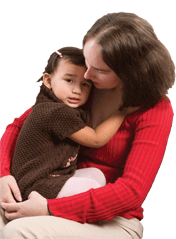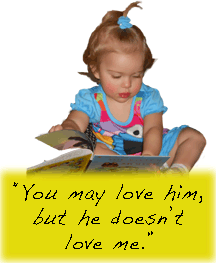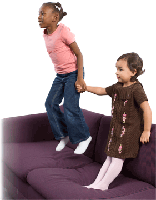The Facts
Far too often a child is abused or even killed when left in the care of a parent’s partner, usually mother’s boyfriend (who is typically not the biological father). There have been several high-profile cases of this in Hamilton County over the past few years.
In fact, this phenomenon is more prevalent in Hamilton County than most places. According to the National Child Abuse and Neglect Data System (NCANDS), non-parental perpetrators were responsible for approximately 15 percent of all abuse deaths in 2006. The Ohio Department of Health reports that of the cases in which a child was killed due to child abuse or neglect, mother’s partner was cited in 28% of them.
In Hamilton County, 17 children have died as the result of abuse and neglect since 2005. Six of those deaths were attributed to mother’s boyfriend, who was not the father of the child. That’s a rate of 35 percent.
Nationally, in 2006, unmarried partners were the alleged perpetrators in 3.8 percent of substantiated abuse and neglect cases. Locally, that figure over the past two years is 13.3 percent.
Why?
In 2005, a study, published in the November issue of Pediatrics, found that children who live with adults who are not biologically related to them are nearly 50 times as likely to die at the adults’ hands as children who live with two biological parents.



